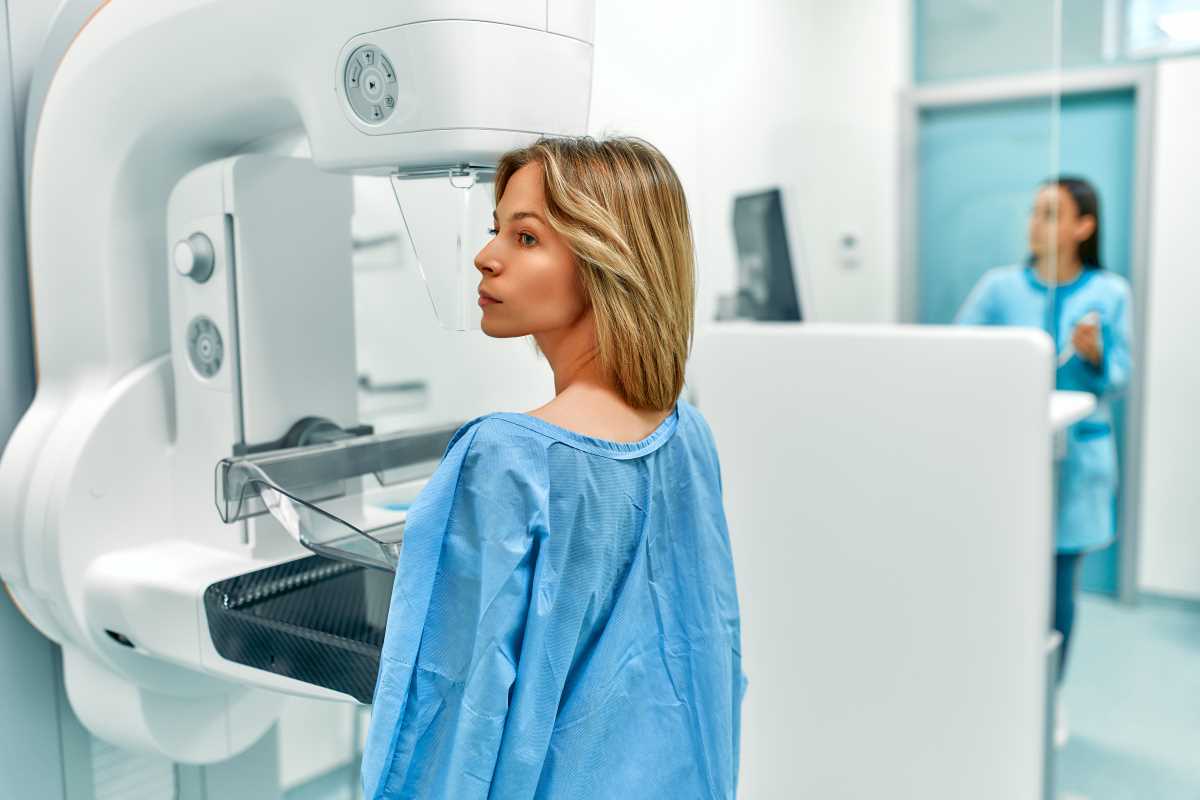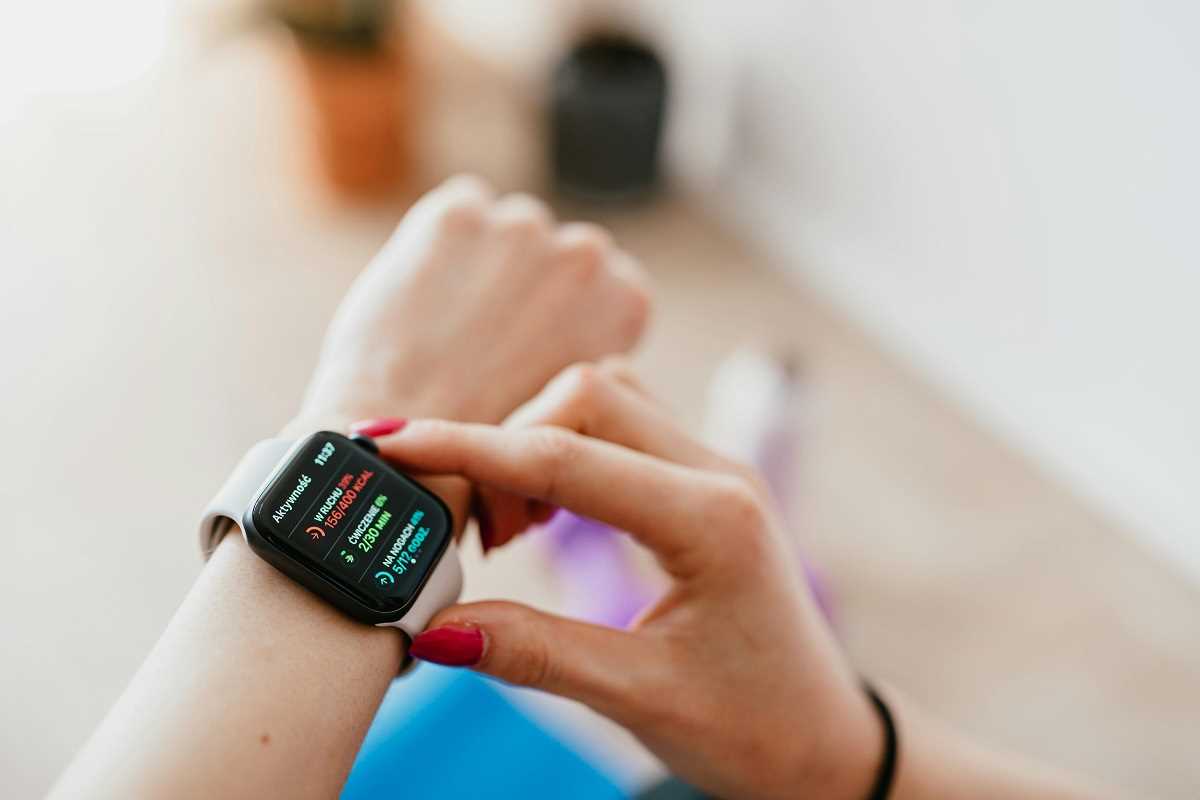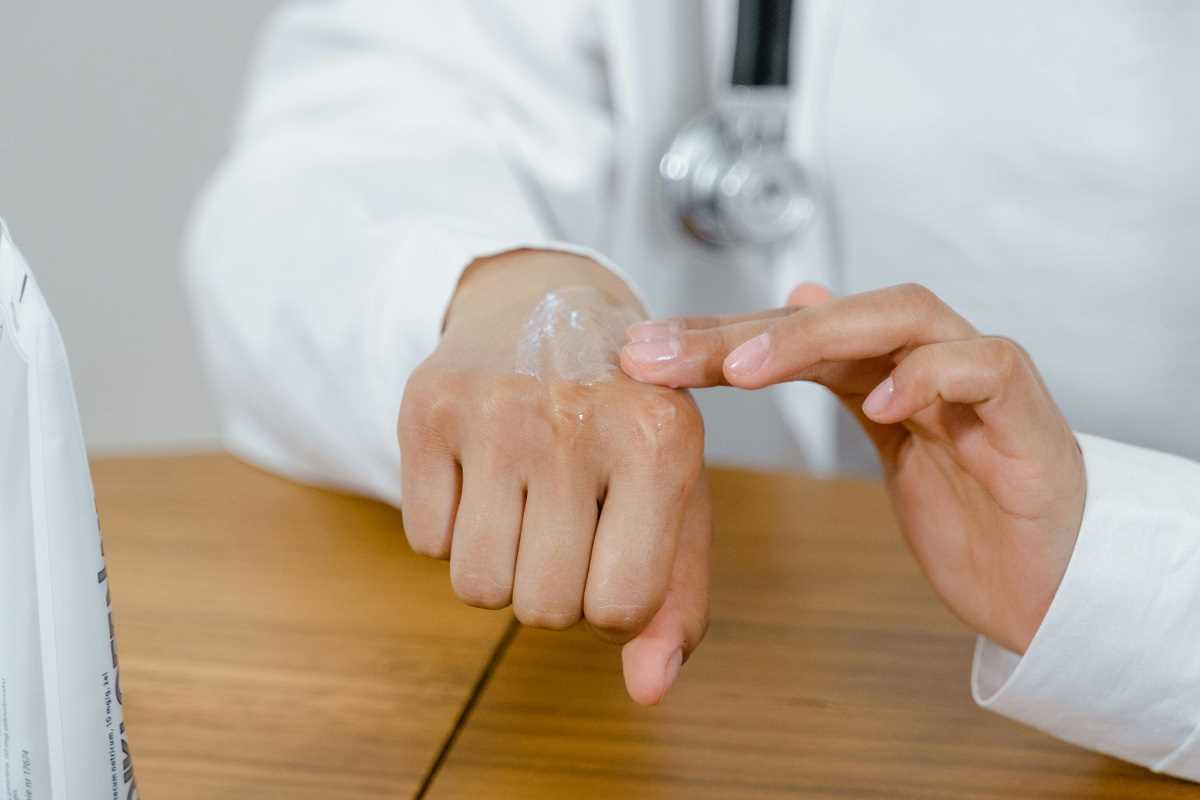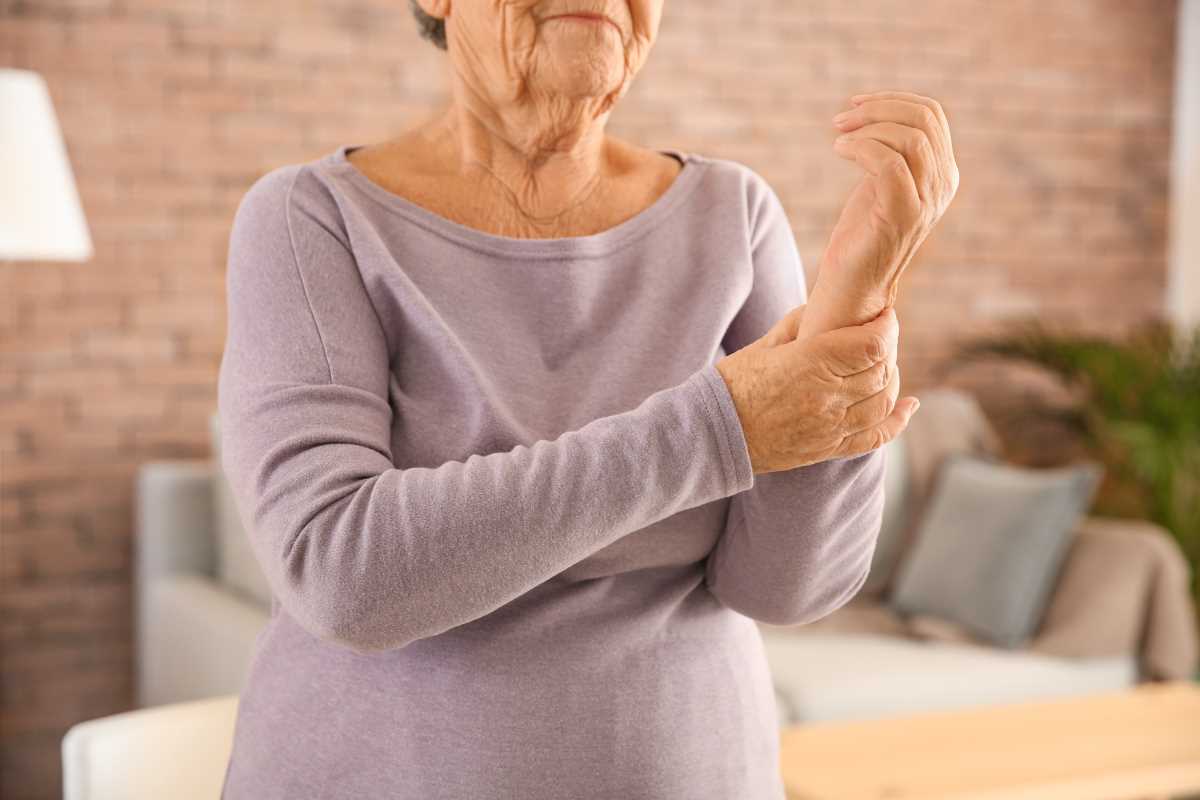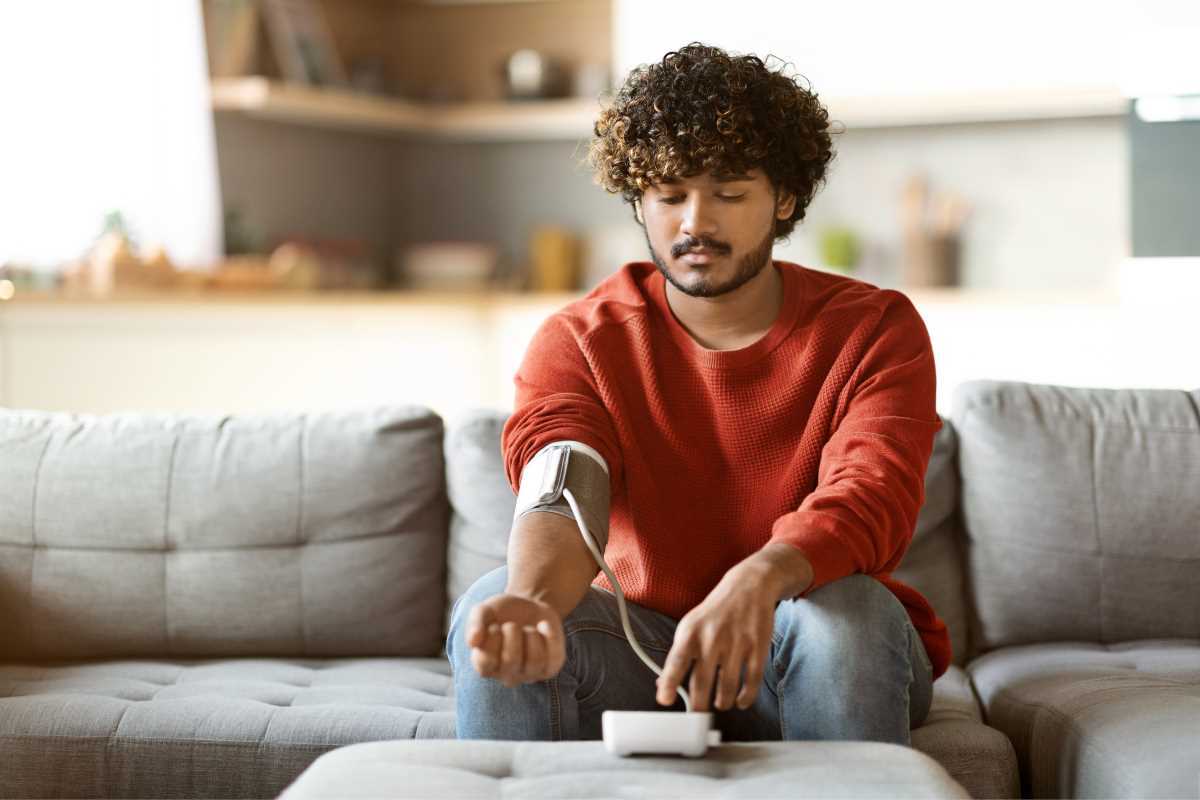Breast cancer is one of the most common cancers worldwide, and it affects millions of women and men each year. While advances in treatment have significantly improved outcomes, early detection remains one of the most powerful tools in the fight against this disease. Identifying breast cancer in its early stages can make all the difference, offering patients better treatment options, improved survival rates, and an overall higher quality of life.
The Benefits of Early Detection
1. Higher Survival Rates
When breast cancer is detected early, the chances of successful treatment are significantly higher. According to research, the survival rate for localized breast cancer (confined to the breast) is over 90%. Early-stage cancers are often smaller and less likely to have spread to nearby lymph nodes or other parts of the body, making them easier to treat effectively.
2. Less Aggressive Treatments
Detecting breast cancer early often allows for less invasive and aggressive treatment options. Smaller tumors may be treated with a lumpectomy (removing only the tumor, not the entire breast) instead of a mastectomy (removal of the whole breast). Additionally, early detection may reduce the need for chemotherapy or extensive radiation, which can have significant physical and emotional side effects.
3. Better Quality of Life
When breast cancer is caught early, it is generally easier to manage with fewer treatment-related complications. Patients are more likely to preserve their physical health, emotional well-being, and daily routines. Early detection can also reduce the financial burden by avoiding prolonged treatments and hospital stays, which can be costly.
How to Prioritize Early Detection
To reap the benefits of early detection, it’s vital to take proactive steps to monitor breast health. Here’s how you can stay ahead of potential concerns:
1. Regular Screenings
Screening tests are designed to find breast cancer before symptoms appear, making them an essential part of early detection.
- Mammograms: A mammogram is a low-dose X-ray of the breast and is considered the gold standard for detecting breast cancer. Women aged 40 and older, or those at higher risk, should follow their healthcare provider’s recommendations for regular screenings.
- Clinical Breast Exams: During a clinical breast exam, a healthcare professional checks for lumps or abnormalities in the breast. These exams, combined with imaging, provide a thorough evaluation.
2. Breast Self-Examinations
Knowing how your breasts normally look and feel can help you detect changes early. Self-exams are simple and can be done at home:
- Look for changes in shape, size, or appearance.
- Feel for lumps, thickened areas, or any unusual sensations.
- Don’t ignore symptoms such as nipple discharge, dimpling of the skin, or sudden pain.
Although self-examinations are not a substitute for screenings, they are a valuable way to stay connected with your own body and catch changes that warrant further investigation.
3. Awareness of Risk Factors
Recognizing your personal risk factors is key to staying vigilant.
- Family History: A family history of breast cancer may indicate a higher risk. It’s essential to discuss this with your doctor, who might recommend earlier or more frequent screenings.
- Age: The risk of breast cancer increases with age, making routine screenings especially important as you grow older.
- Lifestyle: Smoking, lack of exercise, excessive alcohol consumption, and a poor diet can all increase your risk. Adopting healthy lifestyle habits can help reduce it.
Understanding your risk can empower you to take preventive measures and work closely with your healthcare team to monitor for signs of breast cancer.
4. Consulting Healthcare Professionals
Regular visits to your healthcare provider are a crucial part of early detection. If you notice unusual symptoms or have concerns, don’t delay reaching out. Healthcare professionals can assess your symptoms, perform appropriate tests, and help you stay on track with routine screenings.
Raising Awareness and Fighting Fear
Despite the clear benefits of early detection, some people hesitate to undergo screenings or seek medical care due to fear, stigma, or misconceptions. It’s vital to promote a culture of awareness and support around breast cancer. Educating yourself and others about the importance of early detection can remove barriers to care and encourage individuals to take action.
Encouraging open conversations about breast health and normalizing screenings, especially among at-risk groups, can help save lives. Remember, seeking help early doesn’t mean you’re expecting a negative diagnosis; it means you’re taking proactive steps toward health and peace of mind.
A Shared Responsibility
Healthcare providers, family members, and communities all play an essential role in prioritizing early breast cancer detection. Whether it’s scheduling regular check-ups, encouraging loved ones to go for screenings, or sharing information about symptoms, everyone has the power to make a difference.
Take Ownership of Your Health
Early detection is one of the most effective weapons against breast cancer. By committing to routine screenings, staying informed about risks, and maintaining open communication with healthcare professionals, you can protect yourself and those you care about.
Remember, the sooner breast cancer is detected, the more options you’ll have for successful treatment and recovery. Take control of your health today—your future self will thank you.
